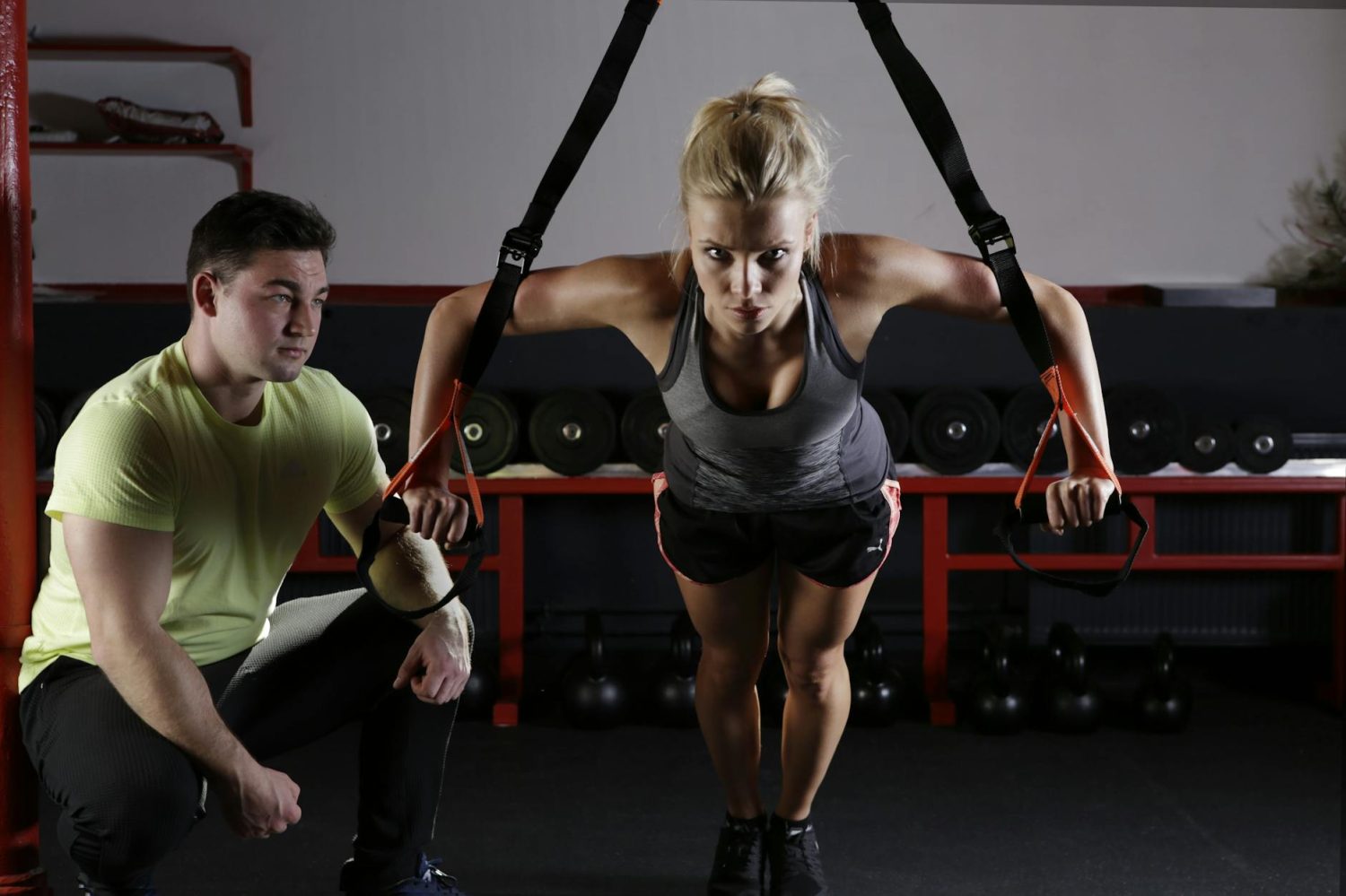
Brigham and Women’s Hospital in Boston conducted a study that found high levels of physical activity prior to the pandemic was associated with a decreased risk of contracting COVID-19 or being hospitalized because of the virus. Keep reading below the fold to learn more.
Researchers at the Brigham and Women’s Hospital in Boston collected self-reported data between May 2020 and May 2022 from over 61,000 adults who participated in one of three ongoing clinical studies, the results of which were published in February in Jama Network Open (via Boston Globe).
The median age of participants in the study was 76 years old, and they were asked to report pre-COVID-19 pandemic “lifestyle factors,” which included their physical activity levels that were categorized in three ways: inactive, insufficiently active, or sufficiently active. The categories were based on World Health Organization guidelines that recommend between 150 and 300 minutes of “moderate intensity” exercise per week.
For the participants who fell into the “sufficiently active group,” the study found they had a 10% lower chance of contracting COVID-19 and were 27% less likely than adults who are inactive to be hospitalized from the virus.
Dennis Muñoz-Vergara, an author of the study:
The results are very exciting because they suggest an association between levels of physical activity and odds of infection and severity, in this case for COVID-19. Those who adhered to the physical activity guidelines before the pandemic had lower odds or risk of developing or being hospitalized with COVID.
61,000 participants are “considered a large cohort” in self-reported studies, according to Muñoz-Vergara, but the study itself has limitations.
As the Boston Globe reports, according to Sabrina Assoumou, an infectious disease physician at Boston Medical Center, adults who participated were mostly college-educated women, making it difficult to apply the overall results to the general public.
She noted that she would love to see a study like this done with a more diverse group of people, including those from differing racial-ethnic and socioeconomic backgrounds. Both Muñoz-Vergara and Assomou also mentioned that participants who were categorized in the “sufficiently active” group may have been vaccinated and taking other additional steps to avoid contracting COVID-19.
Connect the Watts
Even though this particular study does have its limitations due to the average age of participants and having a less-than-diverse group of people, what we do know is that exercise is great for you regardless, and that this study may be a catalyst to learning more about exactly how much exercise is needed to lower risk of infection and/or hospitalization because of an illness.
FTC: We use income earning auto affiliate links. More.
